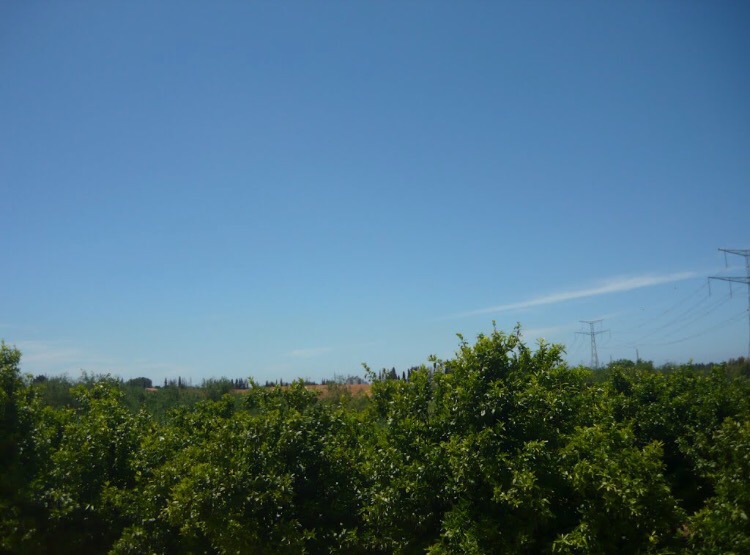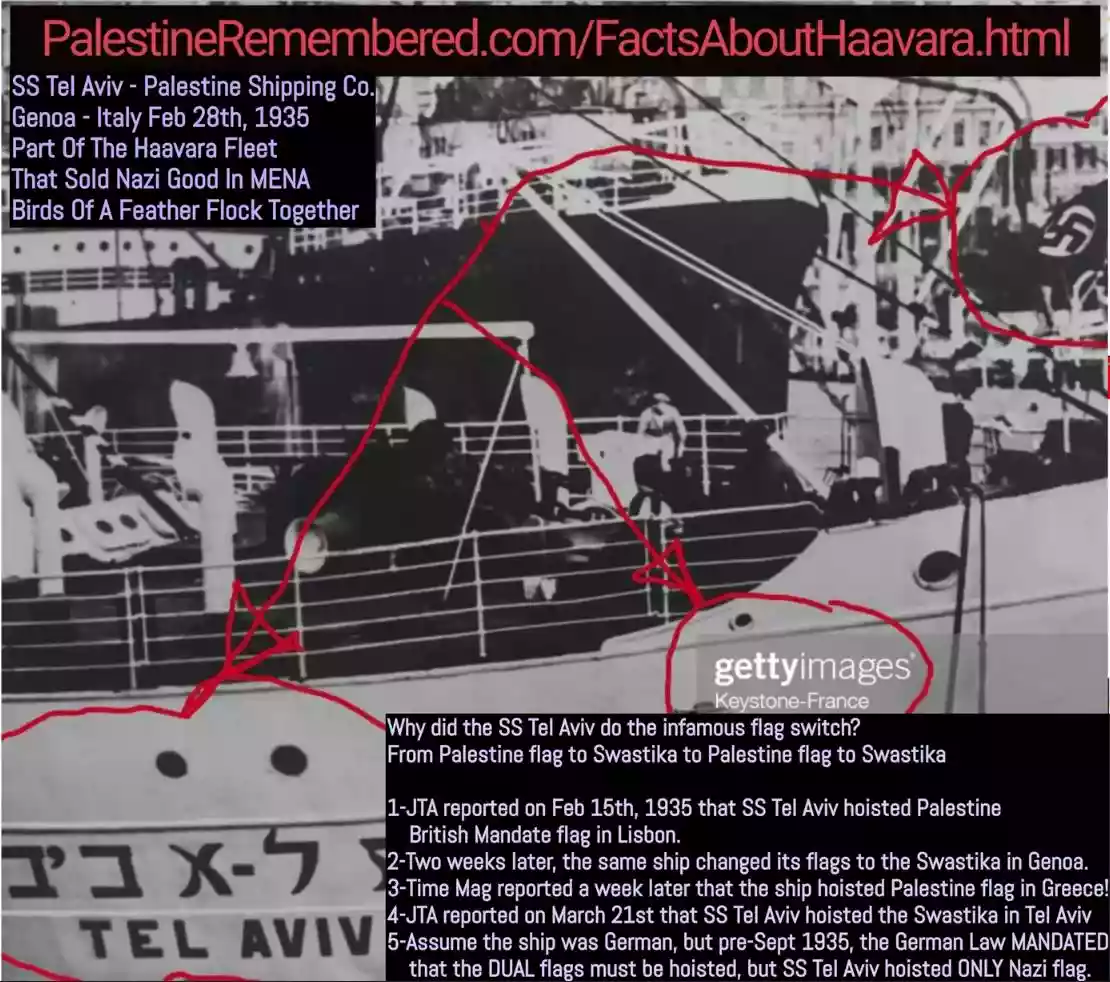Between 1878 and 1880, Circassian refugees belonging to the Shapsegh, Abadzekh, and Kabardian clans established the village of Mez (Adyghe: Мэз, ‘forest’). Mez, the Adyghe rendition of the synonymous Arabic toponym Ghabe, was called Gabet-ül Çerkes in Ottoman Turkish and Khirbet al-Sarkas in Arabic. The modest adobe hamlet stood next to a swamp on the southern edge of the oak woodlands. (1)
Nabulsi historian Ihsan al-Nimr wrote that following the ‘complains of [the Circassian refugees], the [Ottoman] State acceded to their demands, and appointed Darwish Bek Tuqan to be responsible for their resettlement and he settled them in the woodlands (ghabat) of Bani Saʿb’ (2)
In 1328AH (1910) the Ottoman authorities conducted a census and land registration operations in Gabet-ül Çerkes and Qisarya. (3)
The Ottoman census testifies to Circassian settlement also in Qisarya
Around this time, Selim al-Khoury, a Christian merchant from Haifa, purchased Kh. al-Khudeira, together with 3000 hectares of land, and established an agricultural estate among the ruins. In 1890, al-Khoury sold al-Khudeira to Yehoshua Hankin (1864–1945). Hankin, an avid Zionist land entrepreneur, was born at Kremenchuk in the Russian Empire (modern Ukraine), and immigrated to Rishon le-Tzion colony near Ramleh in 1882. Hankin acquired the land on behalf of the Hovevey Tsion associations in Vilnius and Kaunas (in modern Lithuania). This purchase was the largest land acquisition operation for Jewish settlement to date. (4)
Hankin soon settled in one of Hadera’s satellite estates. Over his quest for the ‘redemption of the land’, Hankin acquired 75,000 hectares of land for Jewish settlement, resulting in the evacuation of dozens of Arab villages and estates formerly owned by absentee landlords. Although compensated, the tenants felt dispossessed and their opposition to Zionist settlement intensified over the land issue. (5)
Thus, in 1891, one could visit the Russian Jewish colony of Hadera, the Muslim Bosnian town of Caesarea and the Circassian village of Mez, lying within a few kilometers’ distance from one another.
Shortly after their arrival in Hadera, the Russian colonists evicted the Arab tenants from the
Khoury estate. Following a promising start, malaria inflicted heavy casualties among the colonists, as it has afflicted the Circassian and Bosnian refugees before them. Finding itself in dire straits, Hadera turned to Baron Edmund de Rothschild for help. The baron’s French experts directed drainage operations aimed at ameliorating the situation, but their efforts were frustrated with refusal and acts of resistance on the part of Hadera’s non-Jewish neighbors. (6)
Hadera’s population expanded in the aftermath of the Kishinev pogrom (1903), and of rising
antisemitism after the 1905 Revolution in Russia. This ‘Second Aliyah’ included significant numbers of Socialist pioneers, veterans of Russian-Jewish trade unions and radicalized political parties such as Poʿalei Tsion (Workers of Zion). (7)
To counter the rising threat of anti-Semitic pogroms, Jews in Russia organized self-defense
militias. (8)
Concomitantly, the Jews who fled to safety in Palestine started equating local acts of resistance by neighboring Arab communities with Russia’s familiar praʿot (pogroms). Members of the Second Aliyah and sons of the immigrants of the First Aliyah founded similar self-defense organizations, like Bar Giora (1907–1909). Bar Giora, which was named after a prominent commander of the Great Jewish Revolt (66–73 CE), set about taking over (likhbosh, literally, ‘to conquer’) guard duty from the local Circassians, Algerian and Arab villagers. Bar Giora’s members elected the young and charismatic Israel Shochat (1886–1961), a recent arrival from Grodno (in modern Belarus), as their leader. Shochat made a solemn oath that ‘in fire and blood Judea fell, and in fire and blood it shall rise again’. (9)
Ha-Shomer (‘the sentry’, 1909–1920), Bar Giora’s successor organization, took over responsibility for Hadera’s security in 1911. Emboldened by the young and confident members of ha-Shomer, Hadera’s Jewish ikarim (farmers) took the initiative in longstanding land disputes with their neighbors. Jewish attempts to plow contested land in Bass al-Sarkas sparked a violent incident. The fighting resulted in casualties, and necessitated the intervention of the Bosnian officials in Qisarya. Following an Arab assault on Nadav Tsvi, an ikar from Hadera, five shomrim raided the neighboring tribe of ʿArab al-Damayra. The raid backfired, and the assaulting party found itself ensnared by hundreds of angry Arabs, Circassian and Bosnian villagers. Ha-Shomer’s actions raised fears of mass retaliation against the unprepared moshava, and Hadera called on reinforcements from Petah Tikva. (10)
These and similar incidents that took place in Hadera and in other colonies, escalated internal tensions in the moshavot, and between Jews and Arabs as collectives. The lion’s share of the radical shomrim belonged to the working class poʿalim (proletariat), while most ikarim were members of the Jewish rural land-owning class. The poʿalim demanded that the ikarim dismiss their non-Jewish workers and replace them with less experienced but higher-waged halutsim (pioneers). A fully-fledged class struggle erupted in the Yishuv. In Hadera, the dissension led to the expulsion of ha-Shomer in 1913. Thus, the polarization of Jewish rural society in Palestine mirrored much of the social unrest that disturbed public order among Jews and non-Jews alike in the Russian Empire. New ideologies and organizations imported from Russia transformed the Yishuv, as well as its relations with its non-Jewish neighbors. (11)
During the intervening years, the demographic composition of the area changed as malaria
took its toll on the immigrants and local Arabs replaced the immigrants. By 1914 most Circassians left Kh. al-Sarkas and resettled in Amman and Suwayla (in modern Jordan). (12)
They were replaced by Arab villagers from Baqa al-Gharbiyya, whose lands bordered Kh. al-Sarkas on the south-west. (13)
Similarly, the Bosnian population in Qisarya dwindled after many Bosnians moved to Haifa and Nablus. (14)
Before departing, the Bosnian residents of Qisarya sold their lands to the Ge’ula Company and the Jewish Colonization Association. (15)
_________________________________________________
Source: Hadera: transnational migrations from Eastern Europe to Ottoman Palestine and the glocal origins of the Zionist-Arab conflict, by Dr. Roy Marom
(1) Zvi Ilan, ‘The Bosnian Settlement in Caesarea’, Cardom Vol. 18 (1981), pp.57–63; Ilan, ‘Turkmen, Circassians and Bosnians in the Northern Sharon’, in D. Grossman, A. Degani, and A. Shmueli (eds), The Sharon, between Yarkon and Carmel (Tel Aviv: Ministry of Defense, 1990), pp.279–87.)
(2) Ihsan al-Nimr, Ta’rikh Nablus wa-l-Balqa’ [History of Nablus and the Balqa’] (Nablus: n. pub., n.d.), vol. 3, pp.35–36.
(3) Israel State Archives (ISA), file nun-pey-1/389.
(4) E.B. Ayal, ‘The Founders of Hadera: A Case of Ideological Migration’, in Papers in Jewish Demography, 1989: Proceedings of the Demographic Sessions Held at the 10th World Congress of Jewish Studies (Jerusalem: Avraham Harman Institute of Contemporary Jewry, Hebrew University of Jerusalem; World Union of Jewish Studies, Association for Jewish Demography and Statistics, 1989), pp.247–50; Ayala Brodetzki-Tamari, ‘The Hadera Land Acquisition and the Issue of the Ottoman “Musha” Way of Ownership’, The Khan 4 (2010), pp.12–55.
(5) See Muhammad Suwaed, ‘The Wadi al-Hawarith Affair (Emek Hefer): Disputed Land and the Struggle for Ownership: 1929–33’, Middle Eastern Studies Vol. 52, no. 1 (2016), pp.135–52
(6) Schneerson, Mepi; Noam Nahshon, ‘A Revised Study of the Project of Draining the Hadera Swamps (The Case of the Rushrashi Swamp)’, The Khan 4 (2010), pp.204–15.)
(7) Monty Noam Penkower, ‘The Kishinev Pogrom of 1903: A Turning Point in Jewish History’, Modern Judaism Vol. 24, no. 3 (2004), pp.187–225. Compare Nathan Weinstock’s on ‘The Impact of Zionist Colonization on Palestinian Arab Society before 1948’, Journal of Palestine Studies Vol. 2, no. 2 (1973), pp.51–52.
(8) John D. Klier and Shlomo Lambroza (eds), Pogroms: Anti-Jewish Violence in Modern Russian History (Cambridge: Cambridge University Press, 2004); Shlomo Lambroza, ‘Jewish Self-Defense during the Russian Pogroms of 1903–1906’, in Herbert A. Strauss (ed.), Hostages of Modernization: Austria-Hungary-Poland-Russia (Berlin and Boston: De Gruyter, 2011), pp.1244–56.
(9) Yaacov N. Goldstein, ‘The Jewish‐Arab Conflict: The First Jewish Underground Defence Organizations and the Arabs’, Middle Eastern Studies Vol. 31, no. 4 (1995), pp.744–54.
(10) Schneerson, Mepi, pp.170–72, 194–95; B.Z. Dinur, Y. Slutsky, and S. Avigur, Sefer Toldot ha-Haganah [The Book of the History of the Haganah] (Vol. I, pt. I, Tel Aviv: ha-Sifriyah ha-Tsiyonit, 1954), p.230; ‘Imanu’el Kokhavi and Oren Elyashiv, The Haganah in Hadera (Hadera: Inar, 1989), pp.13–20; Iflah, ‘Local Dispute’, pp.23–24.
(11) Ayala Brodetzky-Tamari, ‘The Relationship between the Farmers and the Agricultural Labourers in Hadera’, The Khan 5 (2015), pp.137–65; J. Kolatt, ‘The Jewish Labour Movement in Israel: Between East and West’, Proceedings of the World Congress of Jewish Studies (1969), II, pp.295–307; Dinur, Slutsky and Avigur, Sefer, I, i, pp.239–41.
(12) Al-Nimr, Ta’rikh, p.37; Ilan, ‘Turkmen’, p.281.
(13) Amjad Sami ʿArif Abu Mukh, Sharif Yusif ʿUmar Masarwa and Jamil Ahmad Zamil Qiʿdan, Sanabil min ʿAbaq al-Ta’rikh wa-l-Turath [Ears of Wheat Fragrant with History and Heritage] (Vol. I, Baqa al-Gharbiyya: Al-Qassemi Academy, 2020), p.714.
(14) Oral testimonies of Khalil Hasan al-Dhib ‘Ayyat (b. 1936), former resident of ʿArab Barrat Qisarya, Baqa al-Gharbiyya 15 September 2017, and of Muhammad Hafez Qeysi, former resident of Qisarya and ʿArab al-Mifjer (b. 1914), 27 July 2017; PRHP
(15) For examples, see Central Zionist Archives (Jerusalem, henceforth: CZA) files L18/5664, J15/8295, J15/3781/16, J15/2173-2175, J15/12240, J15/2062, and compare to Danin's report about Ali bek Bushnaq in E. Danin. Y. and Shimoni, Documents and Portraits from the Arab Gangs Archives in the Arab Revolt in Palestine (1936–1939) (Jerusalem: Magnes Press, 1981), p.141.




Post Your Comment
*It should be NOTED that your email address won't be shared, and all communications between members will be routed via the website's mail server.